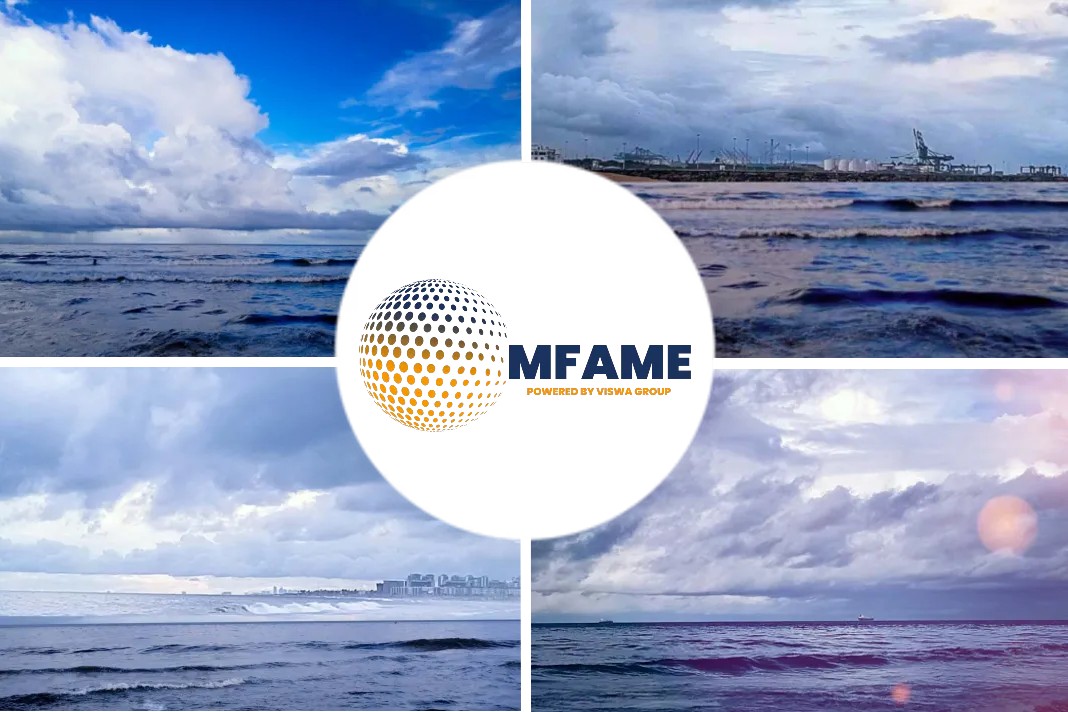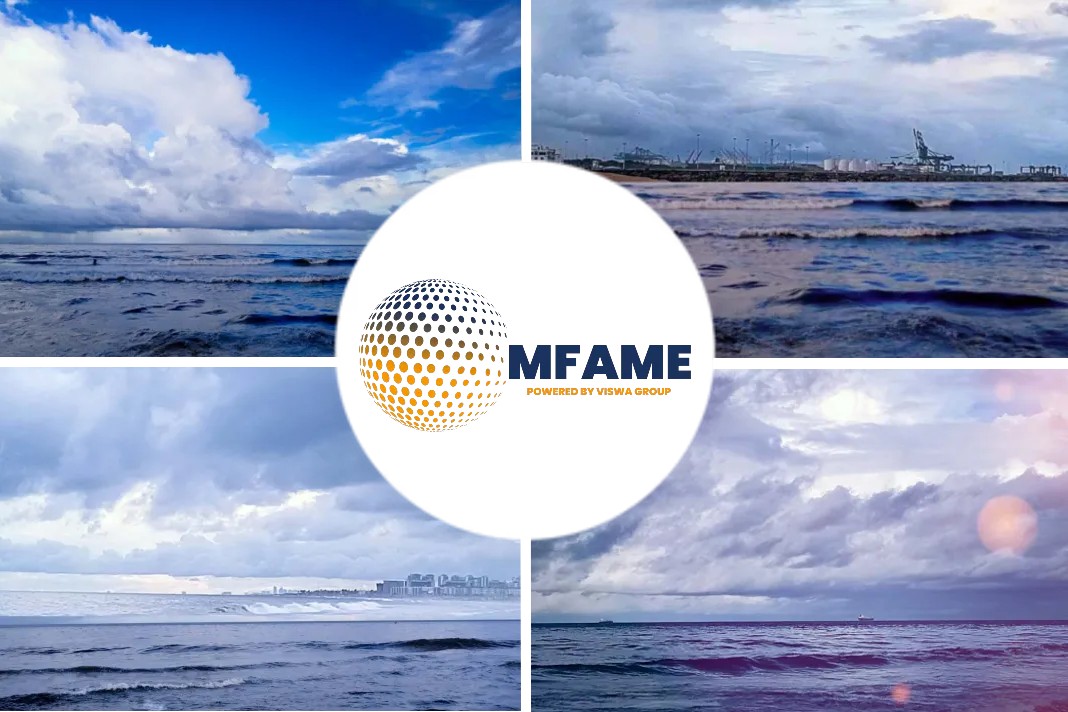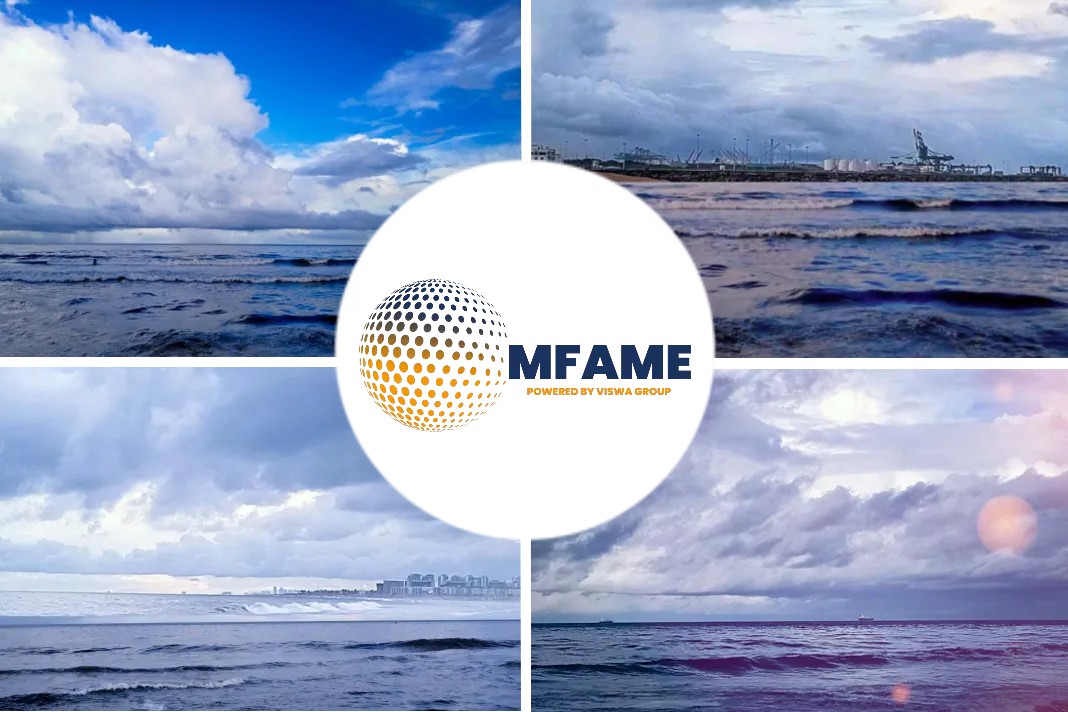According to an interesting article published by the Express United Kingdom, cruise ships are guided by experienced captains, with the majority of journeys proving successful.
Yet they sometimes encounter natural dangers at sea which cannot be forecast. An ex ship officer has revealed the most dangerous, and what he thinks is the real reason Titanic did not survive its collision with the infamous iceberg.
Threat of rogue waves
In his new book, The Truth About Cruise Ships, Jay reports that in fact, rogue waves are the most feared. He wrote: “Another danger at sea, albeit extremely rare, is rogue waves. Rogue waves differ from tsunamis, which are mostly harmless in the open water because they are only a few feet high.”
He said, “Ships don’t even notice a tsunami. When it comes to sailing, the danger of any wave depends not only on its size, but where it strikes the boat. The front of a ship is designed to cut through the water, and so a wave that hits the bow will do far less damage than a wave that hits broadside. The side of the ship is the weakest spot in any ship.”
Was Titanic a victim of rogue waves?
Making a bold claim about the iconic White Star Line ship, the Titanic, he added why he thought it had been most affected by the iceberg which ultimately sealed its fate towards the end of its journey.
He added: “The Titanic would have likely survived the iceberg if it had smashed into it head-on.”
The Titanic sunk after colliding with an iceberg on her route from Southampton to New York, in 1912. It was the White Star Line ship’s maiden voyage. More than 1,500 passengers lost their lives, during what is the seventh largest maritime disaster in history.
Final resting place
Coordinates showing the exact location of the Titanic have come to light, ahead of the anniversary of the White Star Line’s cruise ship disaster in 1912. History lovers are guaranteed to be interested in taking a look at the vessel’s final resting place.
The Google cameras have pinpointed the remains at coordinates 41.7325° N, 49.9469° W. For those looking at the scenes, the wreckage can be seen south of the island of Newfoundland
Did you subscribe to our daily newsletter?
It’s Free! Click here to Subscribe!
Source: ExpressUK


















![[Watch] Crazy Power Needed to Move World’s Largest Containerships](https://mfame.guru/wp-content/uploads/2023/11/mfame-tanker-100x70.jpg)

